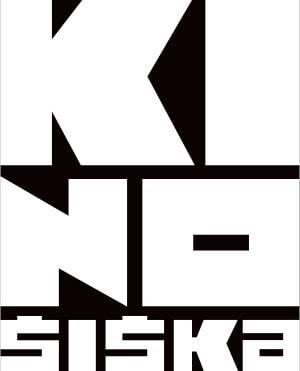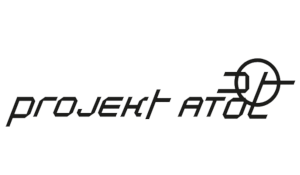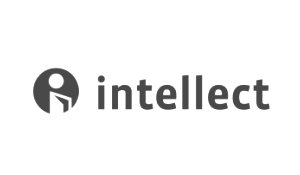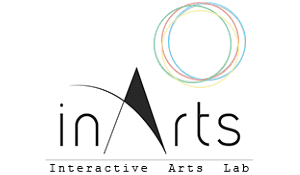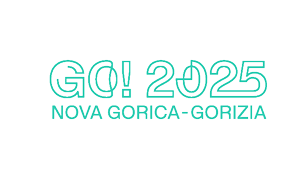In the wake of COVID-19, a larger pandemic of viral misinformation was spreading through unregulated communication apps. Communities were fractured into those who “trusted the science” and those who believed the vaccine itself was a bioweapon created to cripple the public. The fact that multiple divergent ideas about both virus and vaccine could spread rapidly and become stubbornly attached to self-identity and wider belief structures is indicative of the broader ‘post-truth’ condition it exists within. Post-truth describes the situation where distinctions between ‘truth’ and ‘lies’ have become impotent, and that which has emerged in its place is “online huddling” around polarising and affectively resonant content regardless of its veracity (Kalpokas 2019, 5). Treatment-resistant misinformation particularly thrives in these ecosystems; the truth of a statement is less important to individuals than how the statement coheres with and stabilises the rest of their worldview. This sense of needing a stable and consistent sense of self-identity and worldview can be conceptualised as ‘ontological security’, a theory originating in the work by existentialist psychiatrist R.D Laing (Laing 1965). The core tenet for Laing’s theory is that for people to communicate with each other, an implicit assumption must exist that they share the same experience of reality. In this paper, two main points are achieved. Firstly, Sutherland revises Laing’s theory for the post-truth era, suggesting that a subject’s ontological security instead describes their tolerance for plurality and dissensus. Siegmund explores the relationship between ontological security and post-truth through socially engaged vio-art comprising molecular-level sculpture. Siegmund attributes to ontological insecurity the conflicting beliefs surrounding ‘vaccine shedding’ and uses this plurality to create “Viral Load”, a performative DNA nanosculpture emanating from the artist's breath whose form changes depending on the audience’s beliefs.
Proud owner of the world's smallest penis (nanobot), Callum J Siegmund is a bio/nano artist who uses DNA nanotechnology to create DNA Nanosculptures, double helices interwoven into imperceptible 3D objects whose form and sequence are embued with poetics. Having developed this practice during an extended SymbioticA residency (June 2020-Dec 2022), Callum's highly technical works explore the materiality of the immaterial, the absurdity of biotechnology, bioweapons, and the epistemological struggles of everyday life.
Paul Sutherland is a PhD researcher and casual academic at the School of Media, Creative Arts, and Social Inquiry at Curtin University. Paul has taught units in photography and media art, emphasising post-photographic, digitally native, and experimental approaches to art practice and visual culture. Additionally, Paul has lectured in extremism studies, specialising in media ecosystems and the aesthetics of extremism. Paul has presented at numerous conferences around Australia, delivered a public lecture titled AI Slop: Post-Truth Digital Subjectivity, published writing in Do Not Research, and will chair a panel at AAANZ 2025 later this year. Paul's PhD research investigates the aesthetic and ideological vectors of the post-truth era, with specific interests in radical online political spaces and the emergent art movement known as 'internet cinema.' His broader theoretical interests include phenomenology, affect theory, and media theory.
Back

